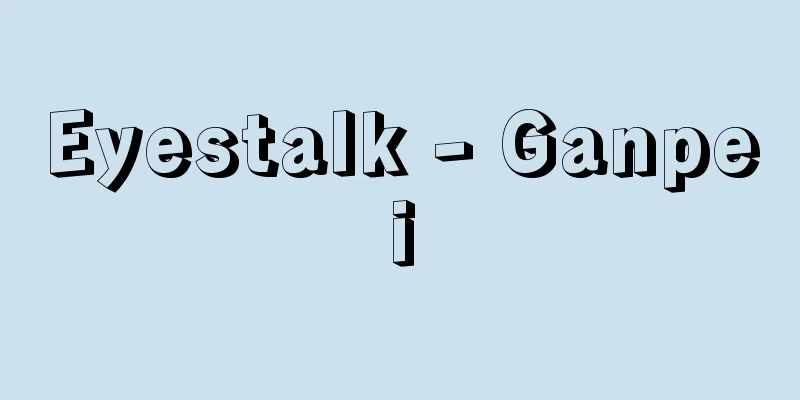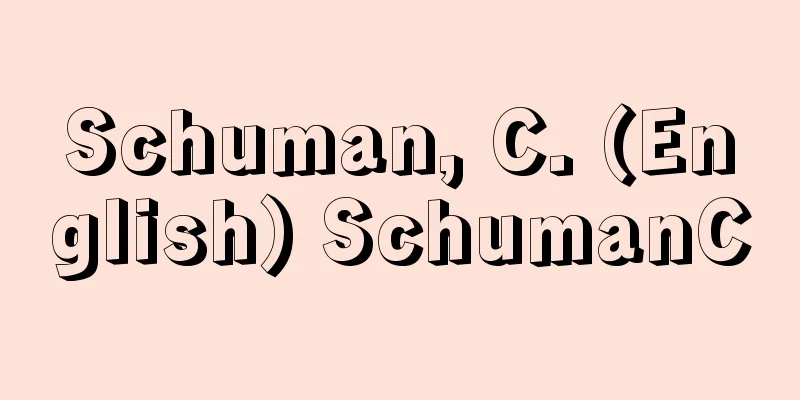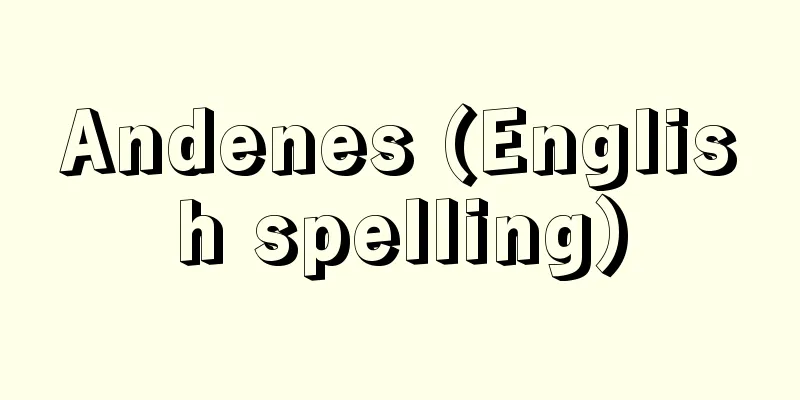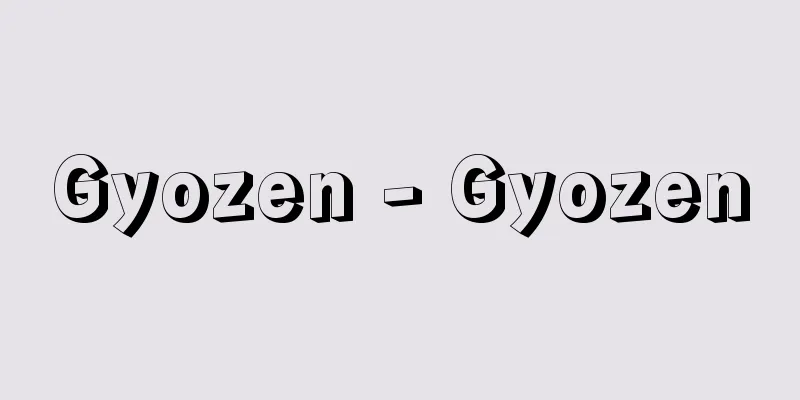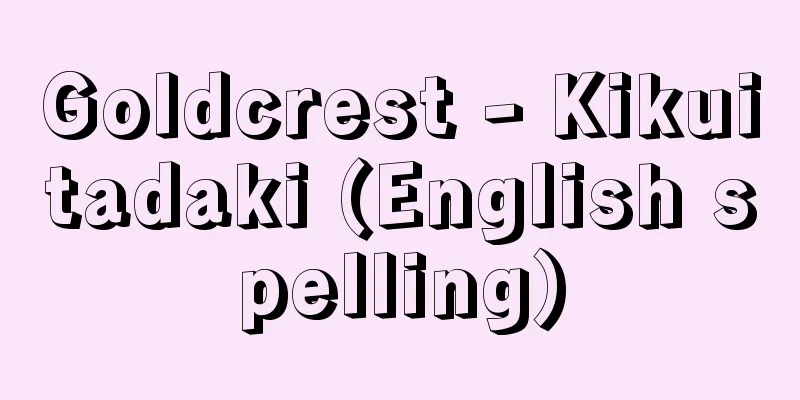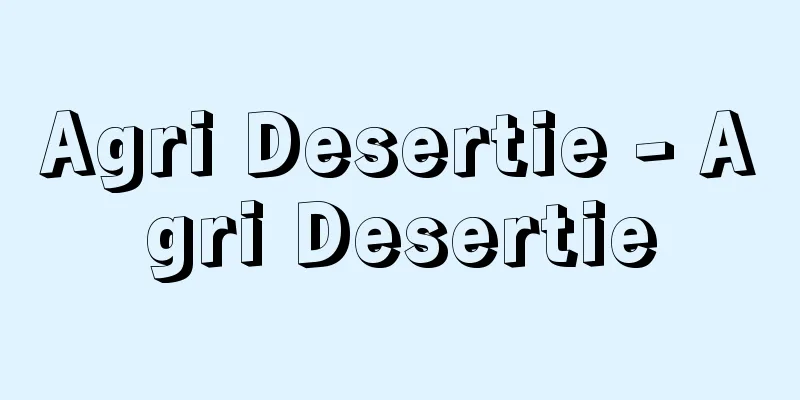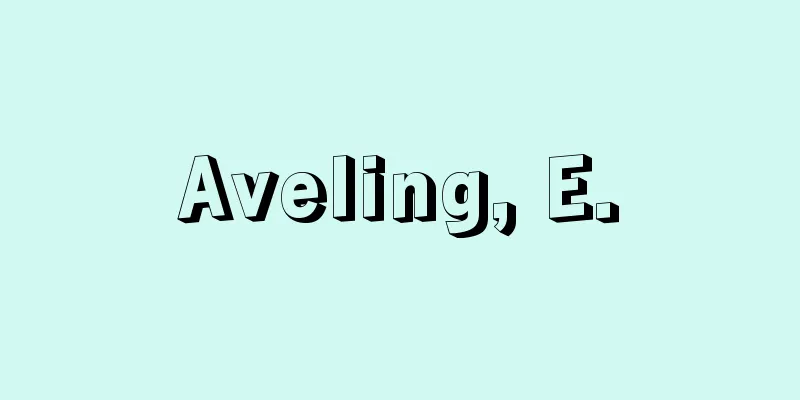Pancreatolithiasis
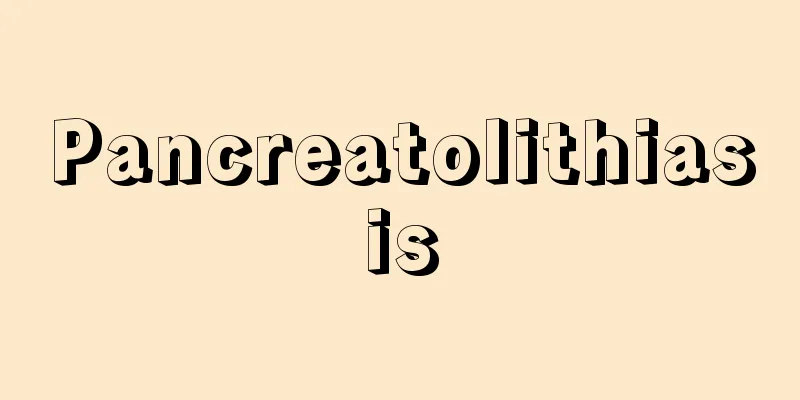
What is the disease? Pancreatic stones are In typical patients, they begin to appear about 5 years after the first attack of pancreatitis. Pancreatic stones are whitish, hard, and irregular in appearance, and range in size from small stones less than 5 mm to large stones over 10 mm. Pancreatic stones formed in the pancreatic duct cause obstruction of the outflow of pancreatic juice, which is thought to be one of the causes of abdominal pain attacks and acute inflammation. When pancreatic stones cause abdominal pain, fever, and inflammatory symptoms, the condition is called pancreatic lithiasis. Things that can be confused with pancreatic stones include pancreatic blood vessel walls and pancreatic lesions ( What is the cause?The main component of pancreatic stones is calcium carbonate. The mechanism by which pancreatic stones are formed is not fully understood, but it is thought that they are formed when changes in the properties of pancreatic juice or stagnation of pancreatic juice cause proteins in the pancreatic juice to precipitate (come out as crystals) (protein plugs), and calcium deposits on them. The causes of pancreatic lithiasis are almost the same as those of chronic pancreatitis. It is known that the morphology and distribution of pancreatic stones differs depending on the cause. For example, in cases of alcoholic pancreatitis, small stones are often distributed throughout the pancreas, whereas in cases of idiopathic pancreatitis of unknown cause, relatively large pancreatic stones are often found in limited areas. How symptoms manifest The pain of chronic pancreatitis is caused by increased pressure in the pancreatic duct and pancreatic tissue, production of pain-related substances, nerve degeneration, The abdominal pain associated with pancreatic lithiasis is said to be a relatively constant pain with little fluctuation. In chronic pancreatitis, repeated attacks of pancreatitis cause the impairment of the exocrine and endocrine functions of the pancreas. As chronic pancreatitis progresses and the exocrine and endocrine functions of the pancreas are impaired, abdominal pain symptoms become milder and instead Traditionally, pancreatic lithiasis was thought to be a pathological condition seen in the terminal stage of chronic pancreatitis, but as mentioned in "What kind of disease is it?", there are cases in which pancreatic stones are thought to be the cause of acute inflammation, and the appearance of pancreatic stones is not necessarily a sign that abdominal pain will subside. In addition, patients with chronic pancreatitis are considered to be at high risk of developing pancreatic cancer. The incidence of cancer arising from pancreatic lithiasis is particularly high, said to be 20 to 30 times that of healthy people (approximately 1% per year). Therefore, it is also important to be careful about abdominal pain and weight loss due to pancreatic cancer. Testing and diagnosisSince most pancreatic stones are accompanied by calcification, they can be diagnosed with a plain abdominal X-ray. However, ultrasound or CT scans are required to accurately determine their position relative to the pancreas. Of these, ultrasound examinations are advantageous in that they can be easily performed in an outpatient setting, are less stressful on the body, and provide images in real time (instantaneous). However, they are easily affected by the skill of the doctor (technologist) performing the examination, the physique (obesity) of the patient undergoing the examination, and digestive gas, and do not necessarily image the entire pancreas. In this respect, CT examinations have the problem of exposure to X-rays, but they have the advantage of being able to sensitively image even minute calcifications and not being affected by physique or digestive gas. In recent years, MRCP (magnetic resonance cholangiopancreatography) examinations have become common, using an MRI device to visualize pancreatic juice components in the pancreatic duct to draw images of the pancreatic duct. In MRCP examinations, pancreatic juice components are highlighted in white, while pancreatic stones have no signal (do not turn white), so compared to CT examinations, MRCP examinations are inferior in diagnosing pancreatic stones themselves, but they are useful for evaluating pancreatic juice stasis, such as dilation or narrowing of the pancreatic duct and pseudocysts. In addition, detailed examinations to obtain information on the pancreatic duct containing pancreatic stones include Treatment methods The basics are abstinence from alcohol, dietary therapy, and drug therapy. Even when symptoms are stable, try to eat a low-fat diet that does not stimulate pancreatic secretion. When abdominal pain is severe, stop eating to protect the pancreas and replenish nutrition through intravenous drip or high-calorie infusion. Pancreatic stones that are the target of treatment are those that are located in the main pancreatic duct and are thought to be obstructing the outflow of pancreatic juice. The main pancreatic duct here refers to the thickest of the ducts (pancreatic ducts) that carry pancreatic juice to the duodenum, which begins at the tail of the pancreas and reaches the main duodenal papilla. Usually, when there is an obstruction to the outflow of pancreatic juice, the main pancreatic duct upstream of that area becomes thicker. This is just like the phenomenon that occurs with the pancreatic duct when water is flowing from a hose and the outlet is narrowed, causing the pressure in the front part of the hose (the faucet side) to rise and the entire hose to swell. In this condition, abdominal pain is often present. Pancreatic stone treatment is performed after hospitalization and acute inflammation has subsided. Currently, only surgery is covered by health insurance in Japan, but other treatments are becoming more common and are actually recommended as useful treatments in guidelines. ① ESWL is a treatment method that uses shock waves to break stones into small pieces (fragmentation) from outside the body. In actual treatment, the patient lies on a treatment table that is integrated with a shock wave generator, and shock waves are aimed at the pancreatic stones under X-ray or ultrasound imaging to break them up. Each treatment takes about an hour, and painkillers are used as needed to ensure sufficient breakage. If there is no abdominal pain after treatment, it is possible to eat on the same day or the next day. A simple abdominal X-ray examination the day after treatment is performed to confirm the effect of crushing the pancreatic stones, and the treatment is repeated two or three times a week until the stones disappear or are crushed into small pieces of about 3 mm. On average, four or five treatments are required. Although about 5% of patients experience an exacerbation of pancreatitis due to treatment, most cases are mild, and serious complications are rare. In patients with pancreatic lithiasis, the main pancreatic duct downstream (duodenal side) of the site where the pancreatic stones are located is often narrowed (stenosis) due to inflammation, so the treatment effect (stone removal) of ESWL alone may not always be sufficient. In such cases, endoscopic treatment, described below, is used in combination. ②Endoscopic treatment Endoscopic treatment is performed following the ERCP mentioned above. A wire is inserted into a tube and expands into a basket shape when pushed out. Small pancreatic stones can be removed with one or two endoscopic treatments, making it an excellent method in terms of treatment efficiency. However, the size of pancreatic stones that can be treated with an endoscope alone is limited to those that are within the range that the treatment tool can reach and that can be held. For this reason, a synergistic effect can be achieved by combining it with ESWL to break down the pancreatic stones into small fragments. In addition, methods such as inflating the narrowed part of the pancreatic duct with a balloon catheter (endoscopic balloon dilation) and endoscopic incision to widen the opening of the pancreatic duct at the duodenal papilla (pancreatic duct orifice incision) are performed to assist in the expulsion of pancreatic stones. In addition, when the pancreatic duct is severely narrowed, a plastic cylindrical tube called a stent may be placed to secure the lumen. 3) Surgery Surgical procedures include pancreatic resection, which removes the most inflamed areas, and pancreatic duct decompression, which minimizes the amount of resection and connects the pancreatic duct to the small intestine, and are considered to have the same effect on pain. Compared to ESWL and endoscopic treatment, the surgery itself places a greater burden on the body, but the postoperative course, especially the recurrence of pain, is less likely, and it can be a good treatment when ESWL and endoscopic treatment are not effective. What to do if you notice an illnessPatients with pancreatic stones should first strictly abstain from alcohol, and undergo dietary and drug therapy. In many cases, these treatments will improve abdominal pain symptoms, but if symptoms persist or recur, pancreatic stone treatment will be considered. There are various options for treating pancreatic stones. Even if you have no symptoms, pancreatic stones can lead to pancreatic cancer, so regular checkups are necessary. We recommend that you first consult a medical facility with a pancreatic specialist. Naoki Sasahira Source: Houken “Sixth Edition Family Medicine Encyclopedia” Information about the Sixth Edition Family Medicine Encyclopedia |
どんな病気か 膵石は 典型的な患者さんでは、初回の膵炎発作から約5年の経過で現れ始めます。膵石の外観は白色調で硬く、表面が不整で、大きさは5㎜以下の小結石から10㎜を超える大結石までさまざまです。 膵管内に形成された膵石は膵液の流出障害を引き起こし、腹痛発作や急性炎症の一因になると考えられています。膵石が原因となって腹痛症状や発熱、炎症症状が引き起こされた場合を膵石症といいます。 膵石とまぎらわしいものに、膵臓の血管壁や膵病変( 原因は何か膵石の主成分は炭酸カルシウムです。膵石が形成される機序(仕組み)は十分にわかってはいませんが、膵液の性状の変化や、膵液のうっ滞などが原因になって膵液中の蛋白質が析出(結晶として出てくる)し(蛋白栓)、それにカルシウムが沈着して作られると考えられています。 膵石症の成因は、慢性膵炎の成因とほぼ同じです。アルコールの多飲、高カルシウム血症( この成因の違いにより、膵石の形態や分布にも特徴があることがわかっています。たとえば、アルコール性の場合には膵全体に小結石が分布することが多く、一方、原因不明の特発性膵炎の場合には比較的大きい膵石が限られた部位に認められることが多いとされています。 症状の現れ方 慢性膵炎の痛みは、膵管や膵組織内圧の上昇、疼痛関連物質の産生、神経の変性、 膵石症に伴う腹痛は、比較的起伏に乏しい持続性の痛みであることが多いとされています。痛みは 慢性膵炎では、膵炎発作を繰り返すことにより膵外分泌機能、膵内分泌機能の障害が進行します。慢性膵炎が進行して膵外分泌機能、膵内分泌機能が損なわれてくると腹痛症状は軽くなり、代わりに 従来、膵石症は慢性膵炎の終末像にみられる病態と考えられていましたが、「どんな病気か」でも述べたように、膵石が急性炎症の原因と考えられる場合もあり、膵石が現れたからといって必ずしも腹痛がおさまる兆候とはいえないところがあります。 また、慢性膵炎は膵がんの高危険群とされていますが、とくに膵石症からの発がんの頻度は高く、健常人の20~30倍(年率1%程度)といわれていますので、膵がんによる腹痛や体重減少などにも注意が必要です。 検査と診断膵石の多くは石灰化を伴っているため、腹部単純X線検査でも診断することができます。ただし、膵臓との位置関係を正確に把握するためには、超音波検査やCT検査が必要です。 このうち超音波検査は外来で簡便に受けられ、体への負担が少なくリアルタイム(即時)に画像が得られる点で優れています。しかし、検査する医師(技師)の技量、検査を受ける患者さんの体格(肥満)や消化管ガスの影響を受けやすく、必ずしも膵全体が描き出せるとはかぎりません。その点、CT検査はX線被曝の問題はありますが、微小な石灰化であっても鋭敏に描出が可能であり、体格や消化管ガスに左右されないという特長があります。 近年では、MRI装置を用いて膵管内の膵液成分を画像化することにより、膵管像を描き出すMRCP(MR胆管膵管造影)検査が広く行われています。MRCP検査では、膵液成分が白く強調される反面、膵石は無信号となる(白くならない)ため、CT検査と比べると膵石そのものの診断には劣りますが、膵管の拡張や狭窄、仮性嚢胞など、膵液うっ滞の評価に有用です。 このほか、膵石のある膵管の情報を得る精密検査として 治療の方法 基本は、禁酒と食事療法、そして薬物療法です。症状が落ち着いてる時でも、膵液分泌刺激の少ない低脂肪食を心がけます。腹痛症状の強い時には、膵臓を守るために食事を止め、点滴もしくは高カロリー輸液で栄養を補給し、 治療の対象になる膵石は、主膵管内にあり、膵液の流出障害になっていると考えられる場合です。ここで主膵管というのは、膵液を十二指腸に運ぶ導管(膵管)のうち、膵臓の尾部に始まり、十二指腸主乳頭に至る最も太い膵管のことです。 通常、膵液の流出障害があると、その部位より上流の主膵管が太くなります。ちょうどホースから水を流しているときに出口近くを狭めると、ホースの手前部分(蛇口側)の圧が上がってホース全体がふくらんでくるのと同じ現象が膵管にも起こります。このような状態では、多くの場合腹痛症状を伴っています。 膵石治療は入院したうえで、急性炎症がおさまってから行います。現在、日本で保険診療として認められているのは手術のみですが、その他の治療についても普及しつつあり、実際に、ガイドラインでも有用な治療法として推奨されています。 ① ESWLとは、体外から結石に対して衝撃波を当てて細かく砕く(破砕)治療法です。臨床的には 治療の実際は、衝撃波発生装置と一体化した治療テーブルの上に寝た状態で、X線透視もしくは超音波映像下に膵石に照準を合わせて衝撃波を当てて破砕します。1回の治療時間は約1時間で、十分な破砕効果を得るために適宜、鎮痛薬を使用します。 治療後は、腹痛がなければ、当日ないし翌日から食事をすることが可能です。治療翌日の腹部単純X線検査で膵石の破砕効果を確認し、消失ないし3㎜程度に小さく破砕されるまで週2、3回のペースで繰り返し行われます。平均4、5回の治療が必要です。治療に伴う膵炎の増悪を5%程度に認めますが、ほとんどが軽症で、重い合併症は少ないとされています。 膵石症の患者さんの場合、膵石がある部位よりも下流(十二指腸側)の主膵管が炎症により狭くなっている(狭窄)ことが多いため、ESWL単独での治療(排石)効果は必ずしも十分でないことがあります。そのような場合には次に述べる内視鏡治療を併用します。 ②内視鏡治療 内視鏡治療は、前述したERCPに引き続き行います。押し出すとバスケット型に広がるワイヤーをチューブ内に格納したバスケット 小さな膵石であれば、1、2回の内視鏡治療で排石できるので、治療効率の面からは優れた方法といえます。ただし、内視鏡単独で治療できる膵石は処置具が到達できる範囲内にあり、かつ保持できる大きさに限られます。このため、ESWLと組み合わせて膵石を細かい破砕片とすることにより相乗効果が得られます。 このほか、膵管が狭くなっている部位をバルーンカテーテルでふくらませる方法(内視鏡的バルーン拡張術)や、十二指腸乳頭の膵管開口部を広げるため内視鏡的に切開する方法(膵管口切開術)などが、膵石の排石を補助する目的で行われます。また、膵管の狭窄が強い場合には、内腔を確保すべく、ステントと呼ばれるプラスチックの筒状の管を留置することもあります。 ③外科手術 外科手術には、炎症の強い部分を切除する膵切除術のほかに、切除を最小限にとどめ、膵管と小腸をつなぎ合わせる膵管減圧術などがあり、痛みに対する効果は同等とされています。ESWLや内視鏡治療と比べ、手術そのものの体への負担は大きいものの、術後の経過、とくに痛みの再発は少なく、ESWLや内視鏡治療でうまくいかない場合には、良い治療となりえます。 病気に気づいたらどうする膵石のある患者さんは、まず禁酒を徹底して、食事療法、薬物療法を行います。多くの場合これらの治療で腹痛症状は改善しますが、症状が長引いたり再発を繰り返す場合には膵石治療が検討されます。 膵石治療にはさまざまな選択肢があります。また、症状がなくても膵がんを併発することがあり、定期的な検査を受けることが必要ですので、まずは、膵臓専門医のいる医療施設に相談することをすすめます。 笹平 直樹 出典 法研「六訂版 家庭医学大全科」六訂版 家庭医学大全科について 情報 |
<<: Narcissus (Daffodil) - Narcissus (English spelling)
Recommend
Recurvirostra
...All species have long legs and a sleek shape. ...
Corn flakes
An instant food primarily for breakfast. It is a t...
Ohitoshima Shrine - Ohitoshima Shrine
…Kanmurishima and Kutsushima in Wakasa Bay are co...
Calepino, A. (English spelling) CalepinoA
...In this way, the stage was gradually laid for ...
Colony of Eritrea - Eritrea Shokuminchi
...Since the end of the 19th century, Italy has w...
Trailing vortex
…to achieve maximum speed, an aircraft should fly...
The Jogan Era - Joganseiyo
A compilation of political discussions between Em...
Hypochoeris
...A perennial plant of the Asteraceae family tha...
Hipposideros turpis (English spelling) Hipposiderosturpis
…[Yoshiyuki Mizuko]. . . *Some of the terminology...
Conquest - Conquest
This is a compulsory measure in which the court t...
Christina Stead
1849‐1912 British journalist. His father was a Con...
Gastrointestinal endoscopy - Inashikyokensa
...However, about 10% of people with ulcers do no...
Cheirodon axelrodi (English spelling)
...It is gentle and relatively easy to keep. (b) ...
RIA - Ria
Abbreviation for Rich Internet Applications. A te...
Esoteric Buddhist Art
It refers to paintings and sculptures that expres...
